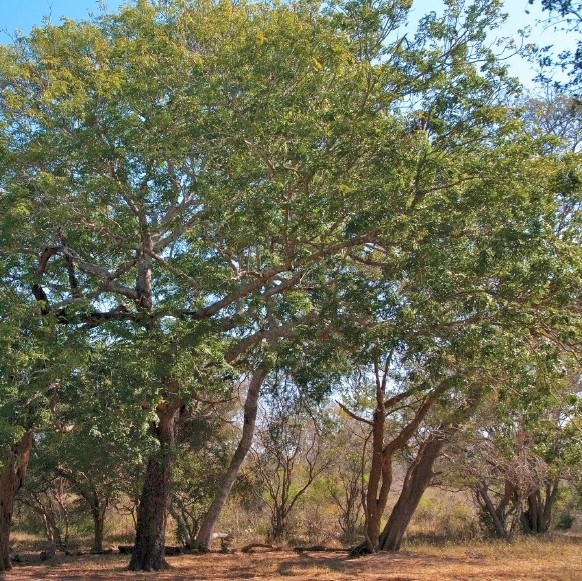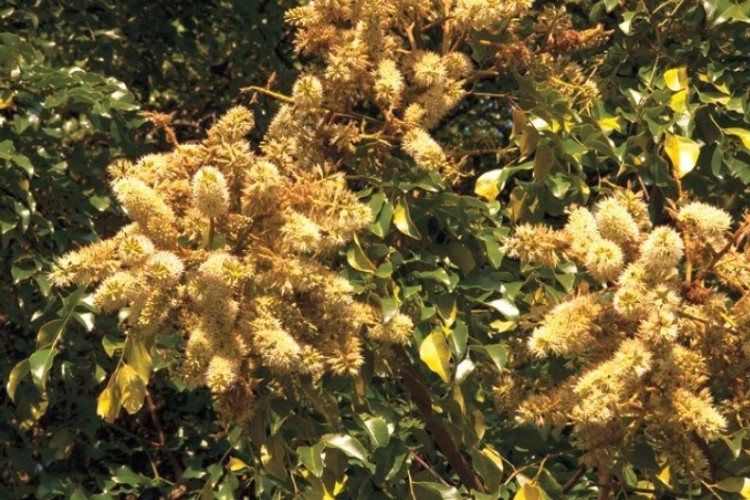Guily or not guilty? - the Ordeal Tree

- tree 1.jpg (349.17 KiB) Viewed 1914 times
Erythrophleum lasianthum, commonly known as the Maputaland ordeal tree is only associated with the dry sand forest in Maputaland (and Mozambique). It's one of the big five sand forest trees.
It's now a rare tree, but locally common in the False Bay section of iSimagaliso and there are some specimens in Tembe Elephant Park.
This unique and evergreen tree with glossy dark leaves has a rounded crown with weeping foliage. Woolly flower spikes appear from September to November. They are honey scented and cremy green. Flat brown pods appear in December.
The bark, roots and seeds have poisonous and anaesthetic properties.
The powdered bark is used as a fish poison and medicinally. A large dose can be lethal

. The bark is also sold as a snuff in traditional herbal shops in KZN as a treatment of migraines, headaches and what not. It is also taken internally as apurgative for abdominal paines. Infusions made from the bark are used as enemas and enemetics.
All parts of this tree are highly toxic due to alkaloids such as cassaine and erythrophleine which have cardiotonic activity.
The bark powder features also in the savage trial of ordeal practices as a magical muti.
Due to the extensive use for traditional medicine and the high retail price for roots and bark, the tree is now threatened.
In 1988 it was estimated that 201 bags (50kg-size) were sold annually by 54 traders KZN, and it was placed 32nd out of 400 species in terms of the quantity sold. It was also nominated by herb traders as one of the 10 species becoming increasingly scarce. The common name for the species is 'umKhwangu', and this name was recorded in 58% of muti shops and with 16% of Faraday Street traders in Johannesburg in 1994 and 2001 respectively. At the Medicinal Plant Red List Workshop (2008, SANBI, Durban), the participants discussed the threats to this species. The following points were raised: a) it has a very restricted habitat; b) harvesting is very destructive and large volumes of bark are removed from the tree; c) there are large quantities of the bark in the markets; d) it is difficult to find big patches of the bark; e) successive girdling of the tree is a problem and leads to tree mortality; f) the sand forest is loosing a lot of habitat outside of PAs due to deforestation and crop farming; g) elephants avoid debarking it, probably because of its toxicity.

